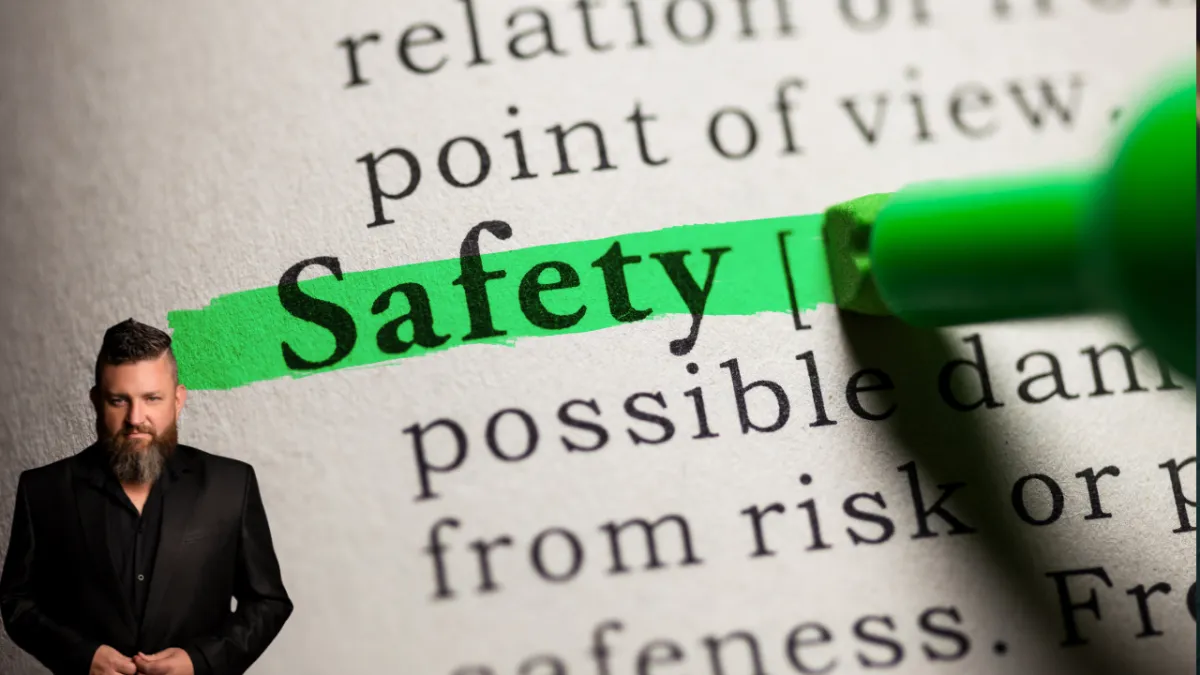
The Business Case for Emotional Safety: Why Psychological Safety is a MUST
When I walk into a boardroom or company offsite to facilitate a session, I can usually tell within 10 minutes if the team is emotionally safe.
It’s not in what they say. It’s in what they don’t.
Who interrupts whom.
Who never speaks first.
Who rolls their eyes but stays quiet.
Who holds their breath when the CEO enters the room.
These are the invisible cues that tell you whether a team is functioning or just surviving. And the difference always comes down to one thing: psychological safety.
Not the HR-approved version. Not the jargon-filled slide deck kind.
The real kind where people feel safe enough to speak up, challenge ideas, own mistakes, and admit they don’t know.
And here’s the part most leaders miss:
Psychological safety is not about being nice. It’s about being honest.
If your team doesn’t feel safe, your business will stall no matter how brilliant your strategy is.
What Psychological Safety Really Means
Let’s clear the air: emotional safety isn’t a soft skill it’s a performance multiplier.
Coined by Harvard professor Amy Edmondson, psychological safety refers to: “A shared belief that the team is safe for interpersonal risk-taking.” That means your team feels confident they can speak up, take risks, ask questions, or admit mistakes without fear of being judged, blamed, or punished.
It doesn’t mean everyone agrees. It doesn’t mean you avoid tension. It means that when tension arises, your team leans in because it’s safe to do so.
Why Psychological Safety Drives Performance
Still think it’s a fluffy HR initiative? Think again.
In Google’s now-famous Project Aristotle, psychological safety was identified as the #1 predictor of high-performing teams ahead of dependability, structure, or technical skill.
And according to a 2024 McKinsey study, “Organizations that build psychologically safe environments are 28% more likely to retain top talent and 32% more likely to exceed profitability targets.” Because when people feel safe, they do more than just show up. They think. They care. They innovate.
They stop performing for approval and start contributing for impact.
What It Looks Like When Safety Is Missing
If your workplace isn’t emotionally safe, here’s what you’ll notice:
Leaders speak 80% of the time; no one interrupts
Questions are rare. Disagreements are rarer
People look at the leader before answering
High performers quietly disengage
No one says, “I don’t know”
In low-safety teams, fear becomes a filter. People censor themselves just to survive the day.
The cost?
Good ideas are buried. Problems go unspoken. Friction is avoided. Creativity dies.
And worst of all?
People stop trusting each other. Not because they dislike one another, but because there’s no social permission to be real.
Emotional Safety Isn’t a Luxury It’s a Strategy
Most leaders I coach aren’t trying to create fear. They’re just unaware of how their habits breed silence.
The CEO who always has the final word
The manager who punishes mistakes instead of learning from them
The executive who shuts down disagreement in the name of “efficiency”
Unintentionally, these behaviours make safety scarce.
But here’s what the data shows:
People leave jobs for emotional reasons, not logical ones
Trust is the #1 factor in team resilience during change
Innovation drops by 38% when teams feel emotionally unsafe
So, if you want a culture that scales, a team that stays, and a business that grows sustainably psychological safety isn’t optional.
It’s your infrastructure.
How to Create Psychological Safety in Real Life
Forget the posters and performance reviews. Safety is built in the daily micro-moments. Here’s what to focus on:
1. Model Vulnerability Before You Ask for It
Don’t say, “I want your honest input” and then never admit when you’re unsure.
Say: “I missed that call. That’s on me.”
Say: “I’m unsure about this what do you see that I don’t?”
Teams copy what they see. If you lead with openness, they will too.
2. Respond Instead of React
The moment someone speaks up, how you respond trains everyone else.
If you defend, deflect, or deny you silence not just the person speaking, but everyone watching.
Instead, try: “Thank you for raising that. I’ll reflect on it.”
That one line can keep doors open you didn’t even know were closing.
3. Normalize Mistakes as Data
High-safety cultures don’t punish errors. They analyse them.
Ask: “What can we learn from this?”
Make mistakes part of your team’s learning language not their shame narrative.
From Soft Concept to Competitive Edge
Still think safety is soft?
Consider this:
Psychological safety reduces burnout by 47%, according to a 2023 global study by Culture Amp
It increases retention during leadership transitions by up to 34%, especially in family-run businesses
And it doubles team participation in innovation projects, especially in hybrid or remote environments
When your team feels safe, they stop performing.
They start engaging.
They don’t wait to be told. They volunteer.
They don’t hide mistakes. They surface insights.
They don’t fear judgment. They build together.
That’s not just culture. That’s ROI.
Ask Yourself:
When was the last time someone told you the truth you didn’t want to hear?
Do your team meetings feel like collaboration or quiet compliance?
Have you made emotional safety part of your leadership operating system or a forgotten bullet point?
You can’t force trust. But you can create the conditions for it. Because in today’s world, safety is not weakness. It’s leadership. And the safest teams? They’re the ones that go farthest and stay together the longest.
